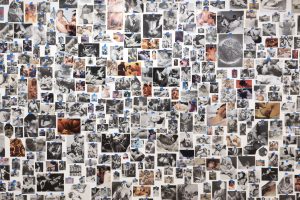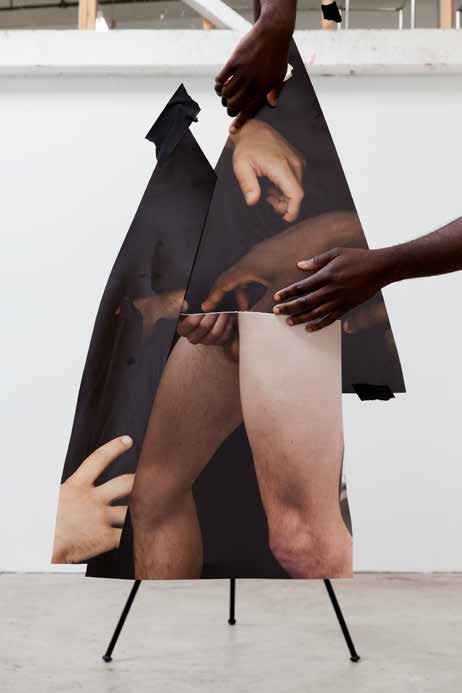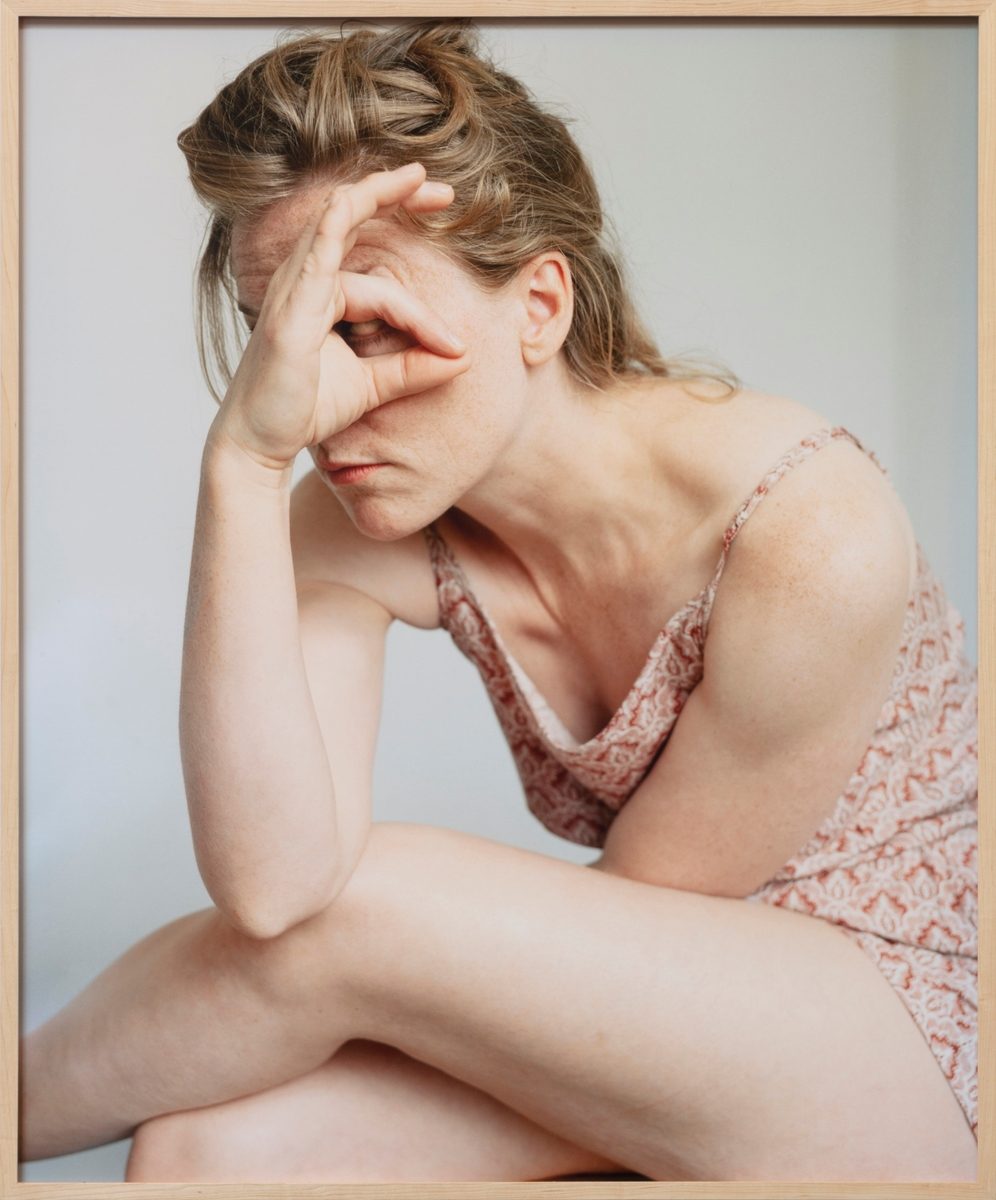(THIS ARTICLE IS MACHINE TRANSLATED by Google from Norwegian)
New Visions. The Henie Onstad Triennial for Photography and New Media
Henie Onstad Art Center Høvikodden.
Opens February 21st
The title of the Triennial New Visions is taken from the Hungarian artist László Moholy-Nagy's manifesto A New Instrument of Vision. The exhibition is part of a major investment in photography initiated by the Art Center in 2017. The triennial is dedicated to the entire first floor to show works by 31 Norwegian and international photographers.
In the book Why Photography?, which accompanies the exhibition, curator Susanne Østby Sæther opens the text by quoting from the manifesto: "The illiterates of the future will be ignorant of the use of camera and pen alike." This is explained by the fact that photography today is fully integrated into our everyday communication. Moholy-Nagy's forecast has become our reality.
Skulpturer

February 21 through May 16. Along with the exhibition, the book Why Photography ?, is released at the publishing house
Skira Publisher
Among several exciting trends in contemporary photography over the last decade are more sculptural Photographya. This has arisen from a desire for materiality and a longing for – in this ever-growing sea of digital images – to touch, hold and feel the photograph itself. On the upcoming triennial you can find installations of photographs that have either been taken by – or found by – the photographer. Here has B. Ingrid Olson. created photographic sculptureis placing individual images and collages in
plexiglass boxes. The works in the series Plexiglass Perimeter at Henie Onstad is based on pictures of Olson's own body. These three-dimensional objects, in their own way, ask for greater engagement from the viewer than what two-dimensional photography can do.
Another artist who also creates physical installations of photography is Carmen Winant. At the exhibition she uses silk as a material. Here, with the help of a seamstress, she has stitched together 156 black-and-white photographs she has found. The pictures explore the visual representation of the female body – for example with nursing mothers.

© Simone Subal Gallery, New York and i8 Gallery, Reykjavik. From the book Why Photography ?, MELK, 2020
In 2018, both Olson and Winant participated in the group exhibition New Photography at the MoMA in New York. This photo biennial has been organized since 1985, and Henie Onstad's triennial is inspired by it. At that time, Winant covered two walls with pictures of women giving birth – she pasted over 2000 close-up pictures from floor to ceiling. The walls were facing each other so everyone had to go through this "birth corridor" to see the rest of the exhibit. No one could help but get away with these very graphic motifs that we are not usually exposed to. Winant often calls herself a photographer who does not photograph, but one who creates collages of images she finds. Her latest book, Notes on Fundamental Joy, deals with feminist photography workshops in the United States in the 80s. Here she highlights female photographers who should have received more attention in her time. This is something that several major institutions have been addressing in recent years, especially after MeToo movement.
The images are both recognizable, frustrating and humorous.

Winant's political eyes are shared by several photographers in our somewhat chaotic society.
For example, Paul Mpagi is Sepuya and his series Mirror Studies an ongoing project that looks at sexuality, skin color and gender. Sepuya here invites his friends to his studio and arranges – in collaboration with his friends – bodily sculptures that he then photographs. The finished images can also be collages. By including typical effects found in a photographer's studio – such as mirrors, tripods and stage rugs – Sepuya challenges the traditional portrait genre.

Communication
#Ingrid Eggen # uses photography to take a closer look at bodily communication. In the series Kneeling she envisions symbols in an everyday life where our language is constantly simplified. With characters drawn from where people meet – such as reaching out, giving a short reply or asking for time-out – she tries out different ways to break these down. The egg's portraits of people in distorted positions indicate the unconscious movements of the body. The images are both recognizable, frustrating and humorous.
"The illiterates of the future will be ignorant of the use of camera and pen alike."
Another Norwegian photographer showing new works Henie Onstad, er Morten Andenæs. He has long been an important player in contemporary photography. The project here is a criticism of the white, western middle class – of which he is a part. Looking back to 2013, he wrote about his book guilt People that it was about "the limitations, responsibilities and freedoms imposed on the individual by family and societal expectations, and the violent and often destructive impulses that result from such restrictions".

So how does a photograph communicate? It may have something in it that makes you not get it out of your head afterwards – like a song you get on your brain. Andenæs' earlier work The Island – which he exhibited at the Artists' House in Oslo last year – was such a picture. He later stated that it referred to Utøya and our fears on July 22 – when we realized that "one of us" had committed the mass murder. This almost colorless photograph of an isolated island in the sea was a deeply disturbing image in all its simplicity.
effect Full
The five artists mentioned here – and several others who are included New Visions – creates photographs that require something of the viewer. Both the exhibition and the book show just how powerful and effective the photograph can be today.
The exhibition is curated by Susanne Østby Sæther in collaboration with Behzad Farazollahi and Christian Tunge from the artist-run gallery MILK
- that also stands behind the book.






